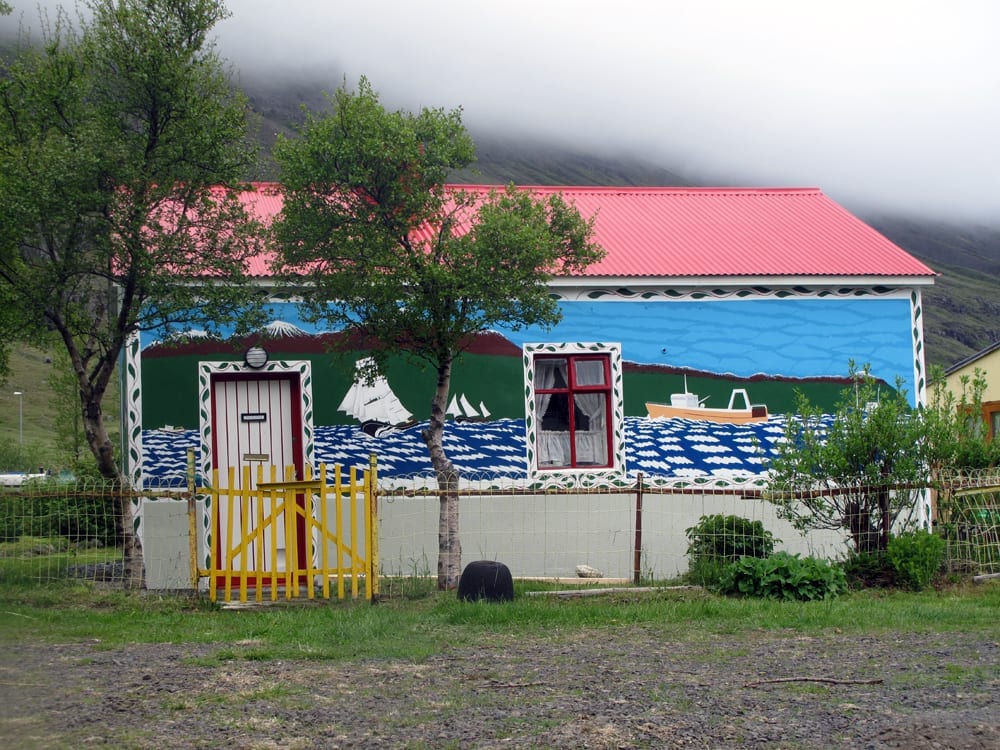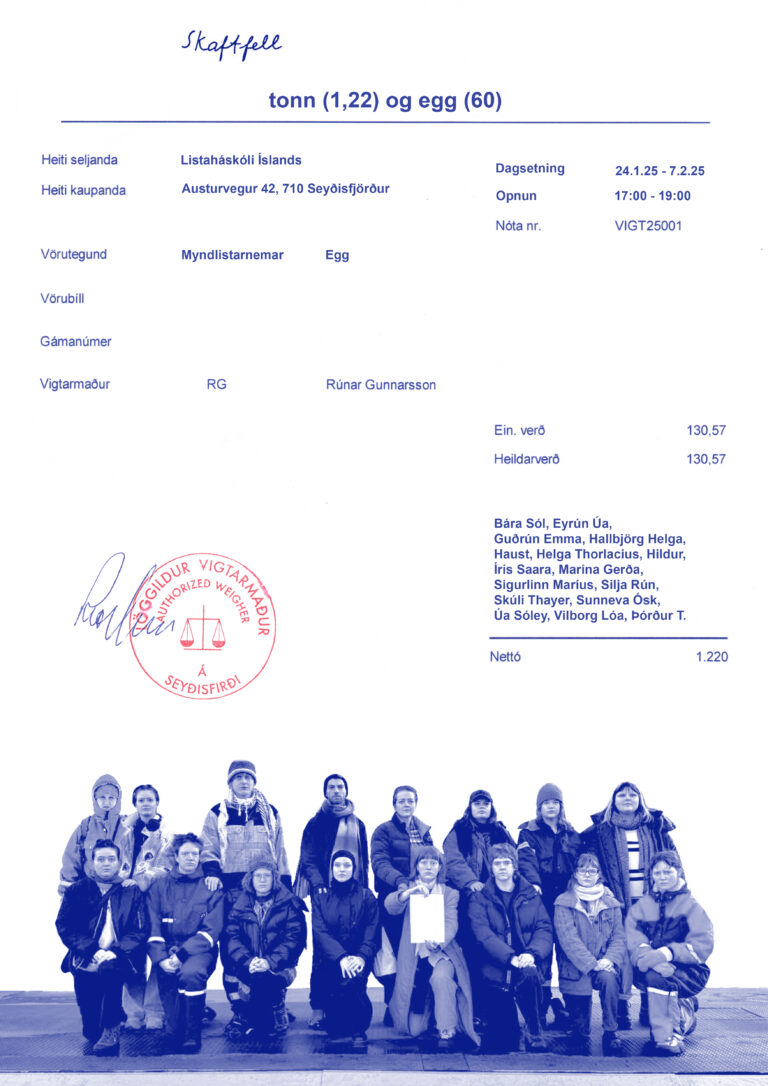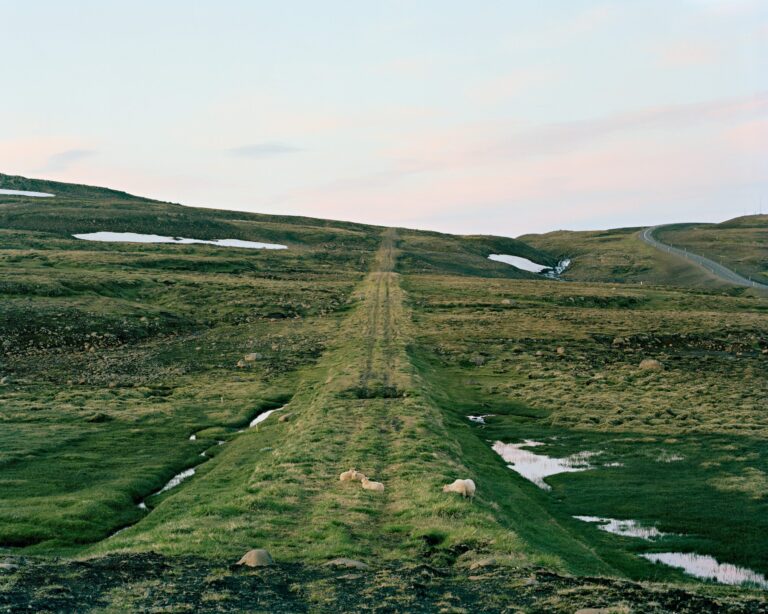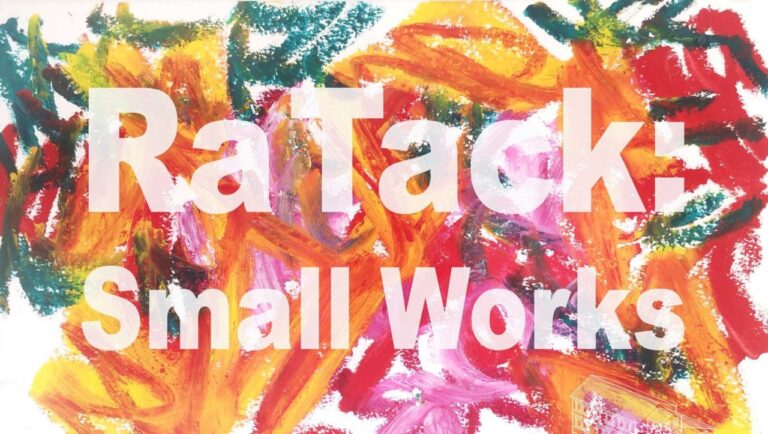
For the past two years Skaftfell, in collaboration with The Technical Museum of East Iceland and the assistance of many individuals, worked on researching and restoring the House of Geiri.
The process is not finished but as a part of the 120 anniversary of Seyðisfjörður Municipality guest are invited to view this unique house.



